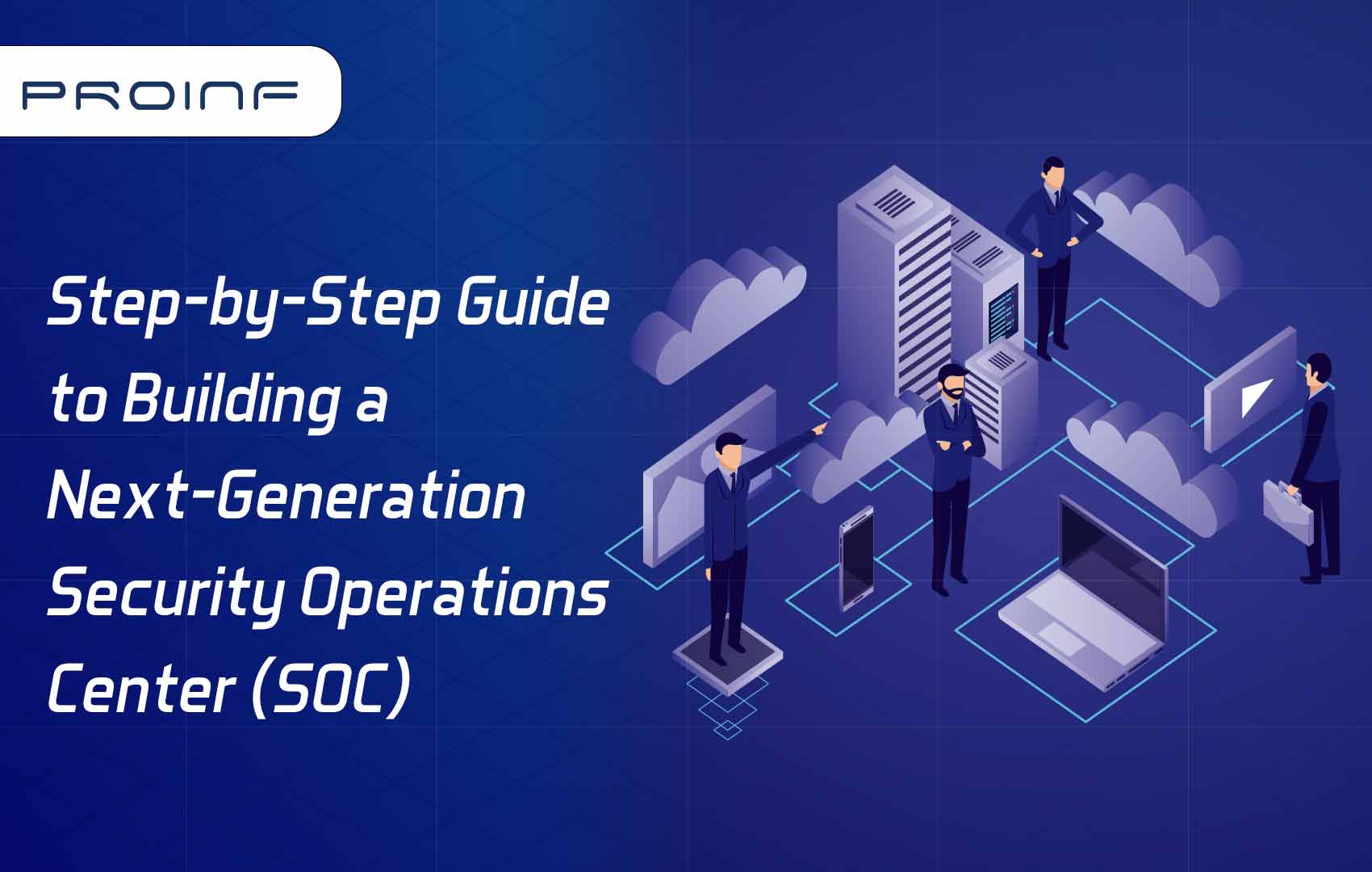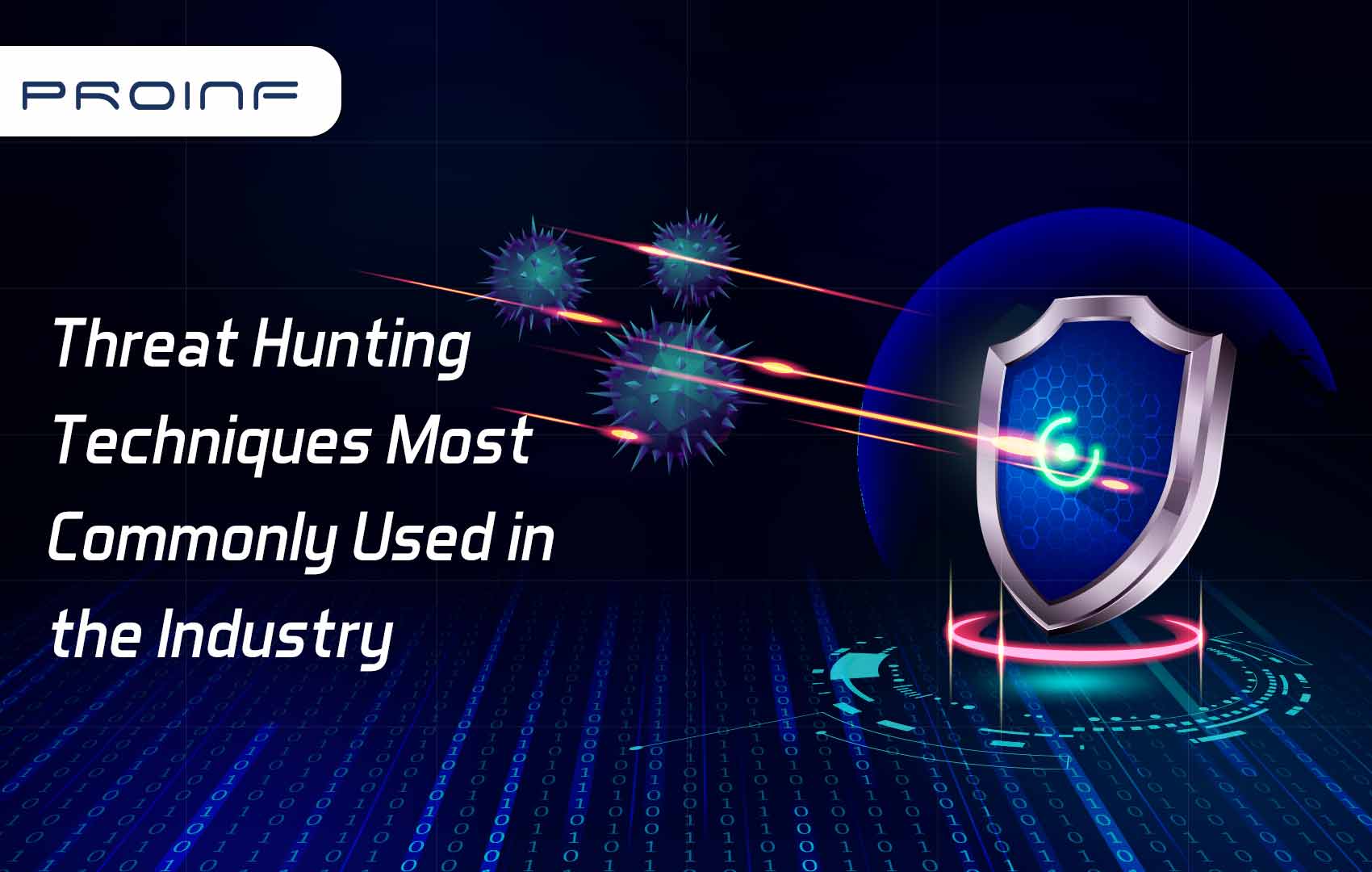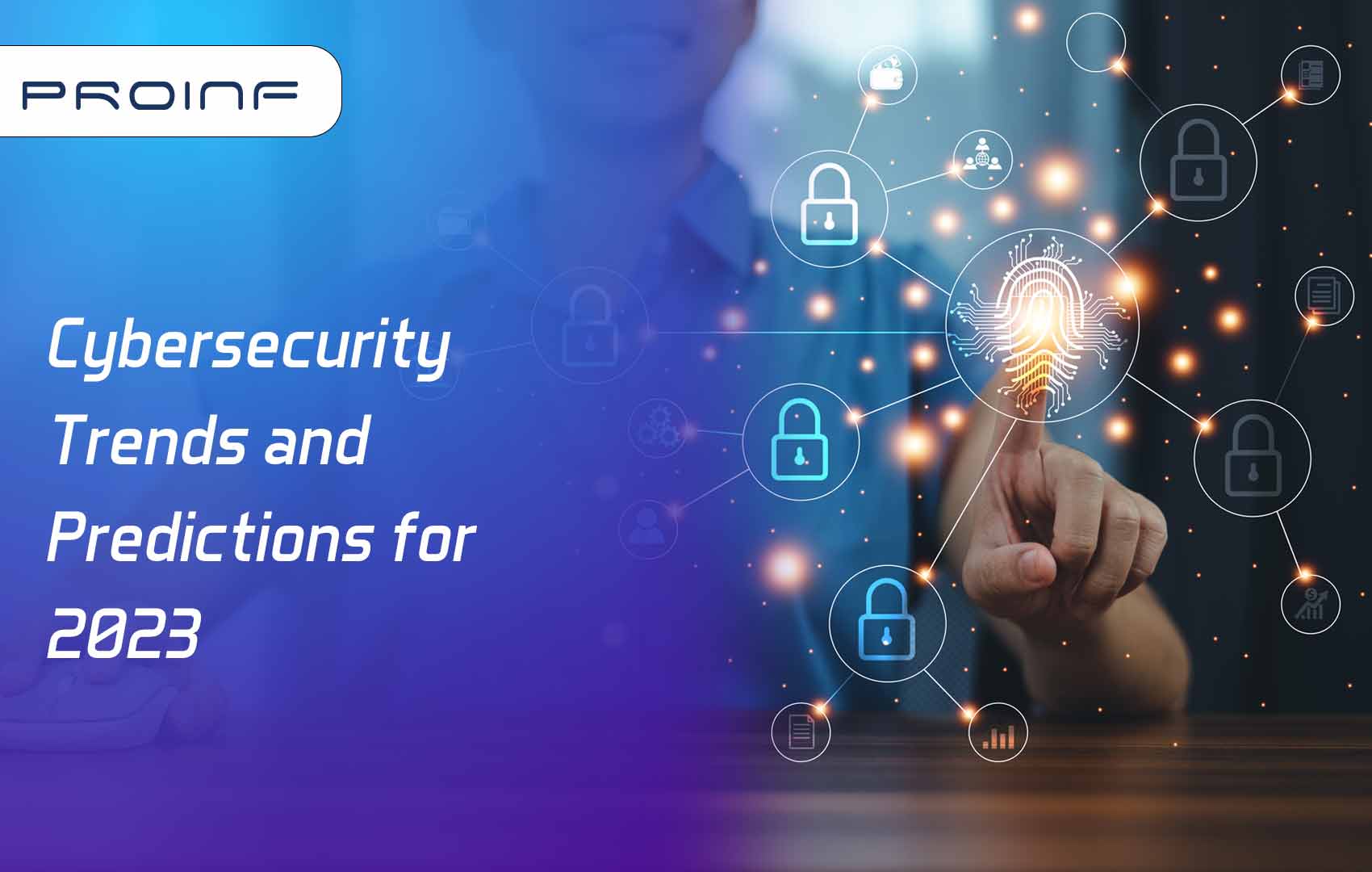Complete Guide to Endpoint Detection and Response (EDR)
Did you know that the lack of EDR solutions can leave your system exposed and could cost you several thousand dollars? Read more to find out the complete guide to EDR.
This term was originally devised by Anton Chuvakin, a computer security specialist.
Endpoint detection and response (EDR) is a security solution also known as endpoint threat detection and response. It includes real-time monitoring and collection of data from endpoints. Data collected is continuously scanned and analysed. It examines each file that interacts with the endpoint, it will flag those that present a threat. In many cases, a file appears safe, at first, however, if it starts to exhibit threatening behavior, EDR will send an alert to let the Cybersecurity Team to provide immediate solutions.
Simply put, it is for identifying security threats and providing immediate responses to tackle the detected threat using advanced automation tools.
The EDR secures the company’s endpoints, it leverages a combination of artificial intelligence (AI) and large data storehouses of threats that have attacked in the past and are currently evolving. It then analyses the information and uses it to detect threats that are targeting your endpoints.
What devices are considered as endpoints?
Any device that is connected to the enterprise networks is the endpoint. For example, laptops, IoT devices, smartphones, desktops, and any other servers that connect to the company’s server.
What is the Need for an EDR for Today’s enterprises?
The digital transformations have broken the traditional barriers of perimeter-based security models, and with more and more enterprise applications and workloads moving from corporate-owned data centres to the public or hybrid cloud. The growing Software-as-a-Service (SaaS) or even Platform-as-a-Service (PaaS), the perimeters of enterprises have grown beyond to such an extent CTOs/CIOs are forced to look at perimeter-less security solutions.
The increase in adoption of a hybrid work-culture, you need advanced tools to tackle this before it can affect your enterprise. This is where the need for EDR arises end-point security.
You need EDR for the following purposes:
- They help to monitor and collect data at the endpoints to track down potential threats that may not be noticed otherwise.
- It is required to identify the indicators of attack (IOA), which brings to your notice the motive of the attacker.
- It also helps to identify the indicators of compromise (IOC), which let you know where a breach has occurred.
- When there is an unexpected behavior at the endpoint that may result in changes in system components and updates, EDR will let you know.
- With the help of EDR, it is possible to direct immediate response to threats identified and also prevent future mishaps.
- EDR solutions add expertise by including security analysis, malware analysis, and threat intelligence analysis.
- EDR solutions come with forensic caliber, which means they monitor every step that an attacker may take and investigate for an immediate solution.
With more organizations working through remote mode, the importance of EDR only increases. This is because of the increase in the number of endpoints
Prominent Features of Endpoint Detection and Response Tools
1. Data collection at endpoints
Endpoint data collection is a continuous activity with the help of EDR tools.
The agent installed at every endpoint monitors them 24X7, collects the information and sends them for processing so that threats can be identified.
2. Analysis of data and threat detection
The EDR tools can analyze data from the endpoints to provide insights about possible threats.
With the use of advanced solutions like AI & ML, tools can help to correlate several endpoints fro threat detection.
3. Endpoint data protection
The EDR tools offer endpoint protection in real time.
All sensitive data are protected from threats with automated tools.
4. Threat investigation
EDR tools help in investigating threats so as to identify the root cause before deciding on the remedies to be used.
It provides a real-time storyline of the attack, helping in tracing the path of the threats, meaning finding out how they reached the endpoints.
5. Seamless Integration with other Security tools
The EDR tools should be able to seamlessly integrate across the enterprise stack of security tools to enhance the overall cyber security initiatives
Areas where traditional solutions are failing
- Encryption of data
- Limited abilities of Firewall control.
- Anamoly-based detection which uses statistical analysis of the current network
- Signature-based malware detection which is typically a hash file.
- There isn’t a predictive feature is place and waits for attacks to happen before a solution is arrived at.
- Traditional AV offers only quarantine many a times.
- The solutions are only reactive rather than being proactive; they wait for instructions and then act.
- Inherent risk of security being a hurdle to cloud and mobility transformation.
- Too many alerts come up with less actionable content.
- Lack of resources and skills.
Customer Pain Points Proinf aims to address
- Huge dependence on human intervention that a delayed response lets malware to spread.
- Missing of many sophisticated and fileless attacks.
- The solutions are complicated to use.
- New types of threats begin to target the endpoints due to the lack of network perimeter.
- Inherent risk of security being a hurdle to cloud and mobility transformation.
- Too many alerts come up with less actionable content.
- Lack of resources and skills.
What Are the Challenges in Implementing EDR Solution?
EDR is crucial for timely monitoring, response and resolution as well as for preventing future lapses. While there are several EDR tools available, it is crucial to choose the right one depending on the features and how your organization will benefit from the same. Some of the challenges are:
- There is no one-size-fits-all solution. The security market is flooded with solutions, The features and potential differ and have to be chosen based on proper identification of their use in the particular organization.
- Lack of proper documentation of the workflows can create hurdles in the proper implementation of solutions. The steps involved in the identification of incidents and lapses and the step-by-step solution undertaken need to be documented for future reference. Otherwise, in case of future attacks, it will mean starting all over again.
Connect with Proinf today for customized advanced EDR solutions!
Key Takeaways:
With the emergence of more complicated threats and the increase in the number of endpoints, EDR’s role should be stressed more.
It is essential to put to use the EDR solutions depending on the size and nature of the organization. When choosing an EDR tool, pick up a comprehensive one with features like device protection, cloud-based control, email security, and sandboxing.
Schedule a demo with Proinf right away and keep cybersecurity threats at bay!


